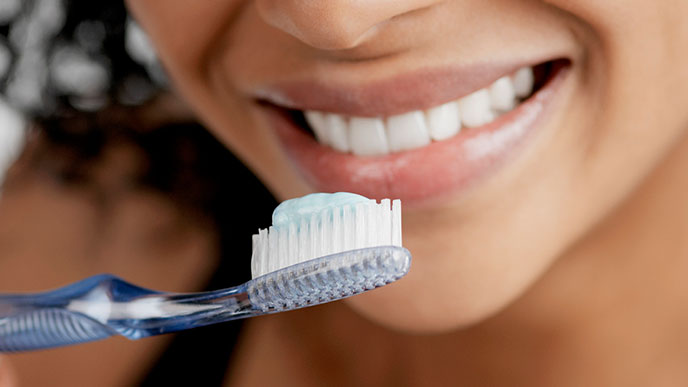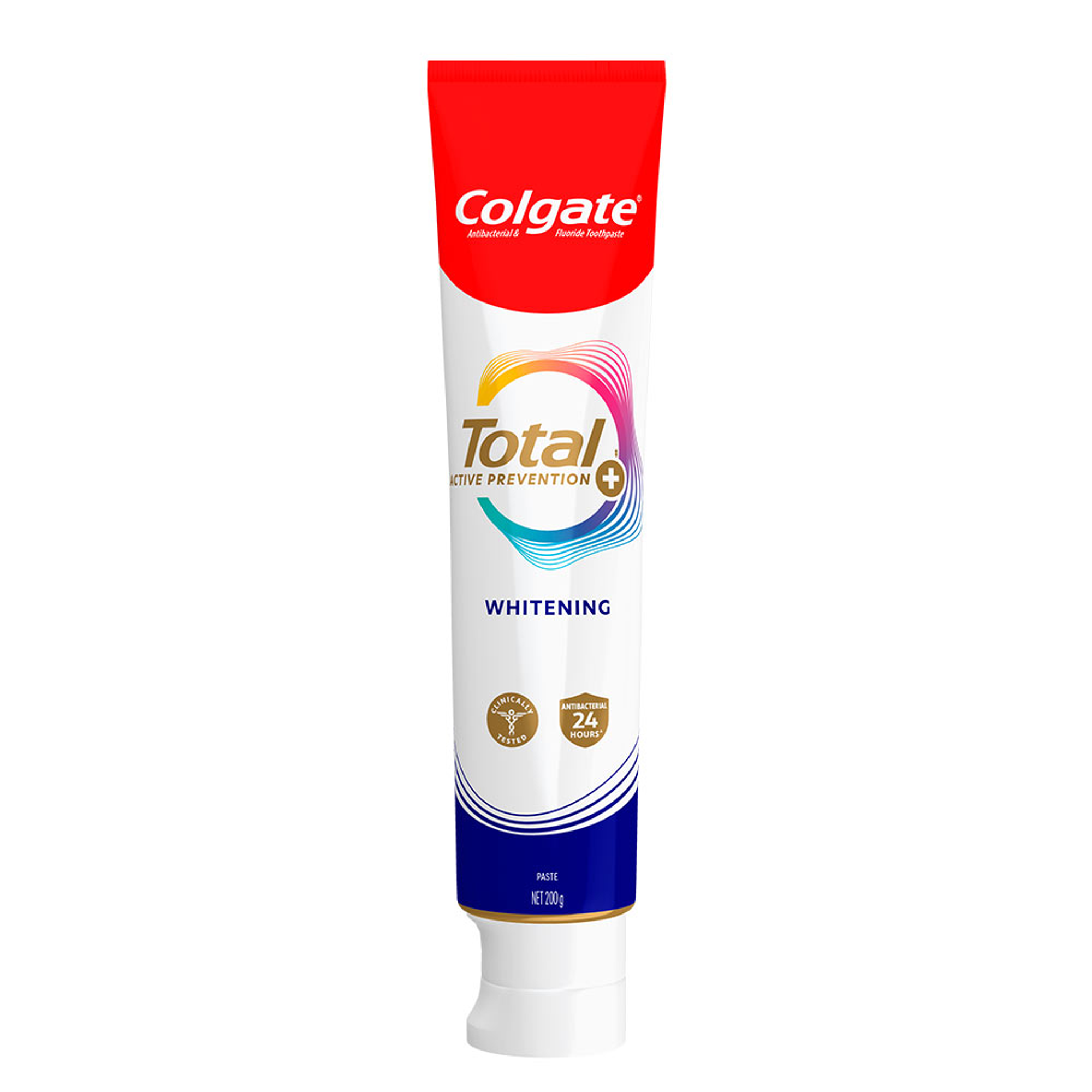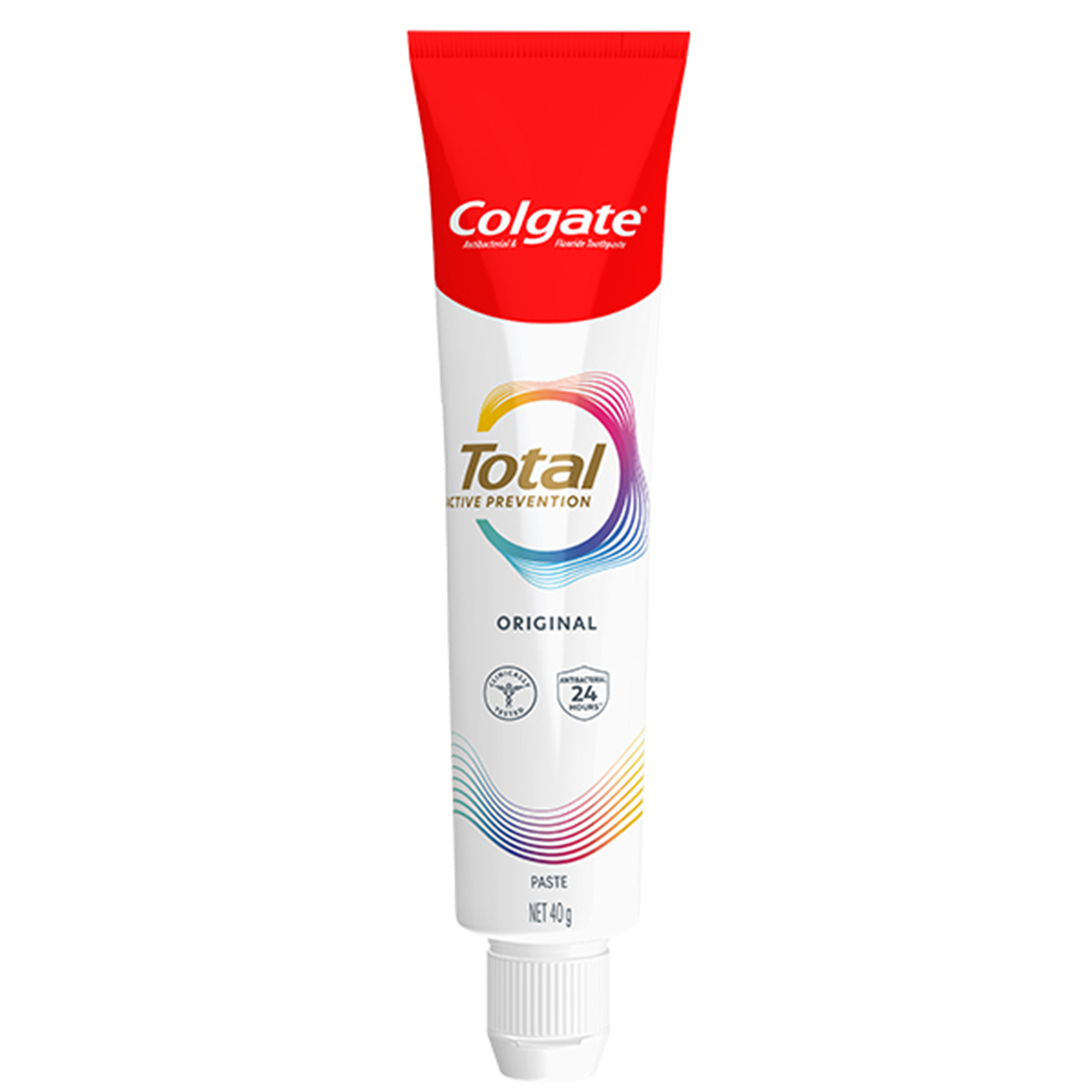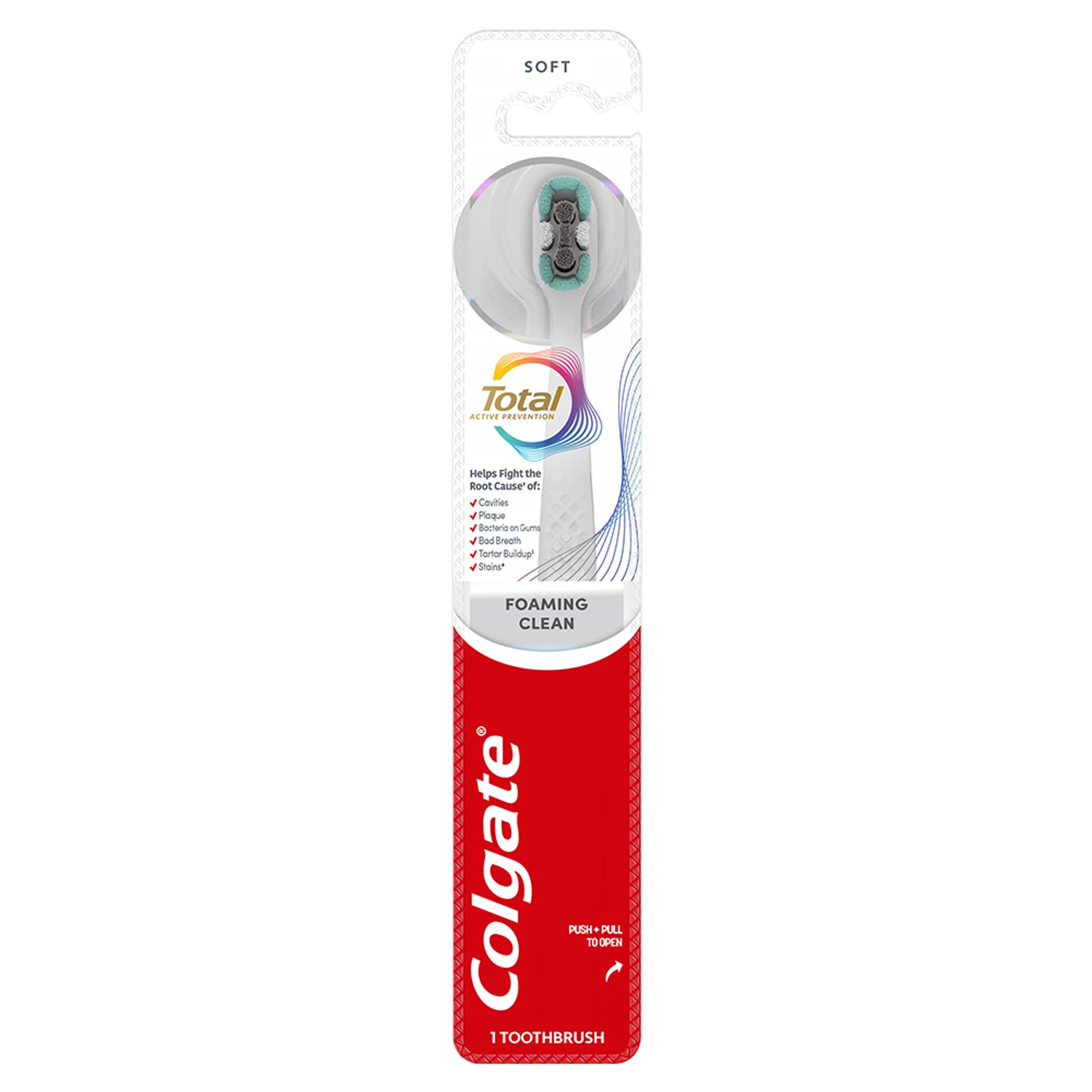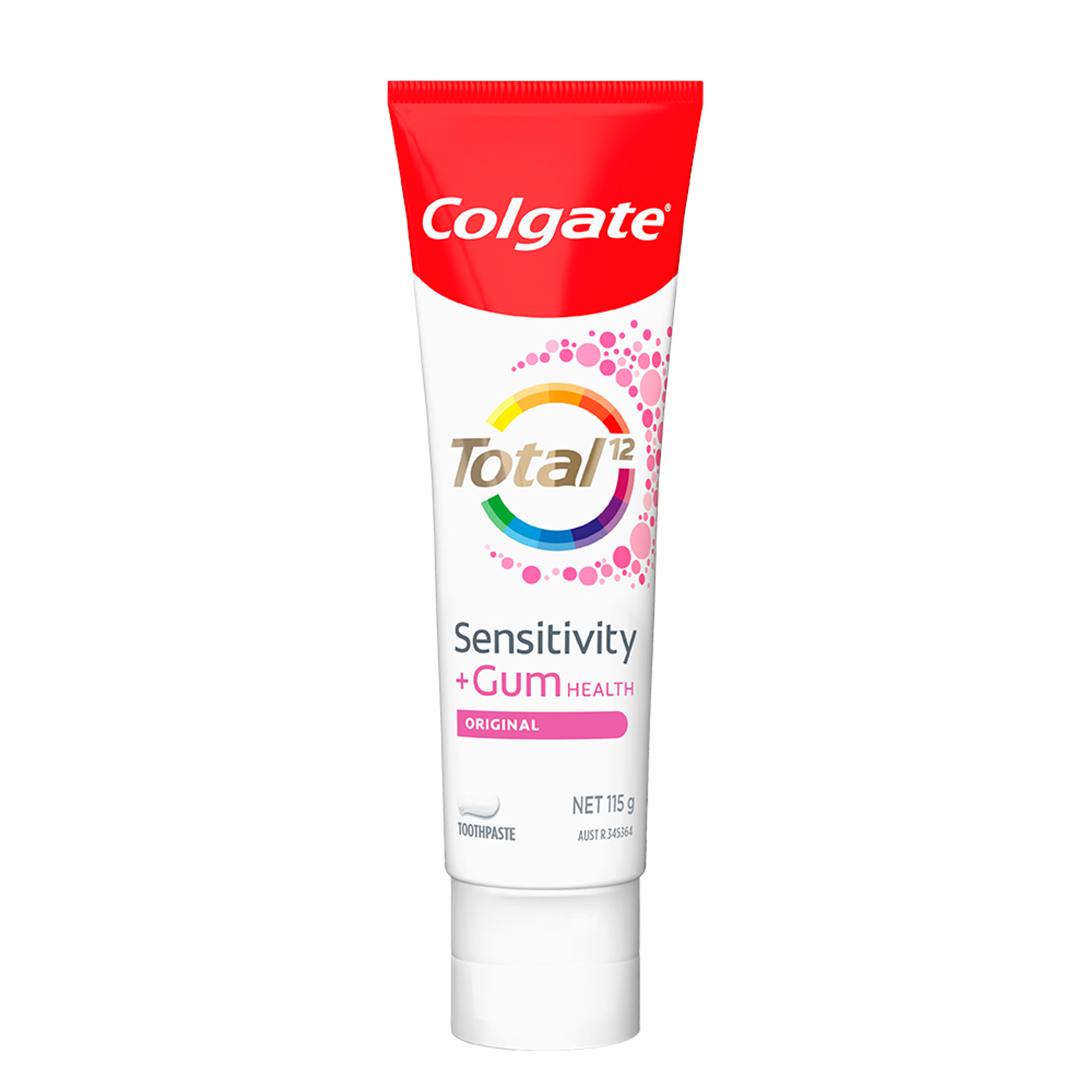-
-

BRUSHING & FLOSSING
How to BrushWhat Is the Right Way to Brush?
Proper brushing takes at least two minutes — that's right, 120 seconds!...

BRUSHING & FLOSSING
How To FlossWhat is the Right Way to Floss?
Proper flossing removes plaque and food particles in places where a toothbrush cannot easily reach... -
Science & Innovation
- Colgate® | Toothpaste, Toothbrushes & Oral Care Resources
- Oral Health
- What Is a Root Cavity and How Can You Prevent It?


According to The National Study of Child Oral Health, a collaboration between the University of Adelaide and various public health bodies, one in four Australian children under 10 has untreated tooth decay. The same survey in adults found that untreated decay affects one in three Australians aged 15 and over, indicating more adults than children have tooth decay in need of treatment. Older adults in particular are at risk of root cavities, a type of tooth decay that develops on the roots of the teeth.
How do root cavities develop?
Cavities form as a result of acids produced by bacteria that naturally live in the mouth and feed on sugar. A coronal cavity is when acid eats away at the tooth enamel and then the dentine that makes up the crown of the tooth. However, a root cavity affects the root surface of the tooth, which normally sits beneath the gums and is covered with a tissue called cementum. The University of Adelaide explains that compared with the enamel covering the crown, the cementum covering the root surface is a thin layer with less mineral content which wears away quickly when exposed in the mouth if gums recede. Once the cementum is worn away the dentine layer beneath, which is softer than enamel, can develop a cavity.
One factor that can contribute to the development of root cavities is gum recession. This can happen as a result of gum disease, when the gum tissue pulls away from the teeth and leaves the root of the tooth exposed or from hard toothbrushing.
Who is at risk of developing root cavities?
The University of Adelaide notes that root cavities usually occur in middle-aged and older adults. One reason for this is that older people are more likely to have gum recession than younger people. Other risk factors include:
- Smoking
- Poor oral hygiene
- Infrequent toothbrushing
- Dry mouth
- Partial dentures
- Infrequent dental visits
Conditions associated with older age, such as arthritis, can affect how well a person can brush and floss their teeth, or affect their ability to attend regular dental appointments. Further, older people are more likely to take various medications to manage age-related health conditions, and dry mouth is a side effect of many of the most commonly prescribed drugs. With this in mind, it's easy to see how age can increase your risk of root cavities.
How to treat or prevent a root cavity
The steps for preventing root cavities are similar to those for coronal cavities. Health Direct says that tooth decay can be prevented by:
- Brushing twice daily for two minutes using fluoride toothpaste.
- Limiting or avoiding sweet foods and snacks.
- Drinking water and only having sugary drinks occasionally.
- Eating a healthy, balanced diet.
- Having regular dental check-ups every six months, or as often as recommended by your dental professional.
If you have any problems that might get in the way of these preventative measures, speak to your dental professional for advice. For example, if you have trouble maneuvering a toothbrush or floss, they may be able to recommend solutions like floss holders, ergonomic toothbrushes, or electric toothbrushes. Your dental professional may also be able to recommend ways to prevent receding gums or other conditions to reduce your risk of root cavities.
If you do develop a root cavity this may need to be restored. Your dentist will do this by removing the decayed area of the tooth and then filling it with a restorative material, such as a composite resin or glass ionomer cement.
However, Health Direct says that if decay is caught early, you may be able to reverse it by using fluoride and following the preventative measures above. Your dental professional may also recommend high fluoride toothpaste, or offer you a high-fluoride varnish treatment in the surgery.
Your dental professional is here to help you avoid root cavities, so give them a call if you're concerned. By working as a team, you and your dentist can take steps now to keep your smile healthy for life.
Related Articles
This article is intended to promote understanding of and knowledge about general oral health topics. It is not intended to be a substitute for professional advice, diagnosis or treatment. Always seek the advice of your dentist or other qualified healthcare provider with any questions you may have regarding a medical condition or treatment.
Related Products

Helping dental professionals
More professionals across the world trust Colgate. Find resources, products, and information to give your patients a healthier future




